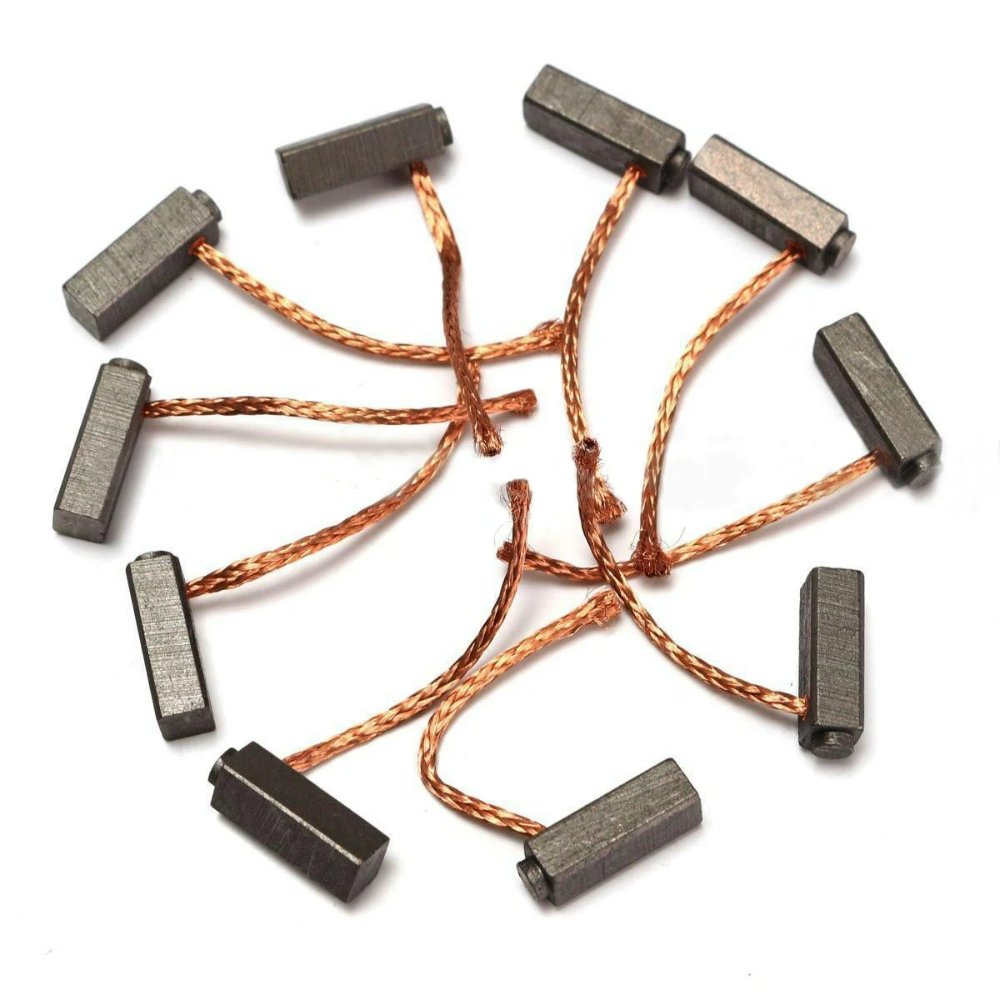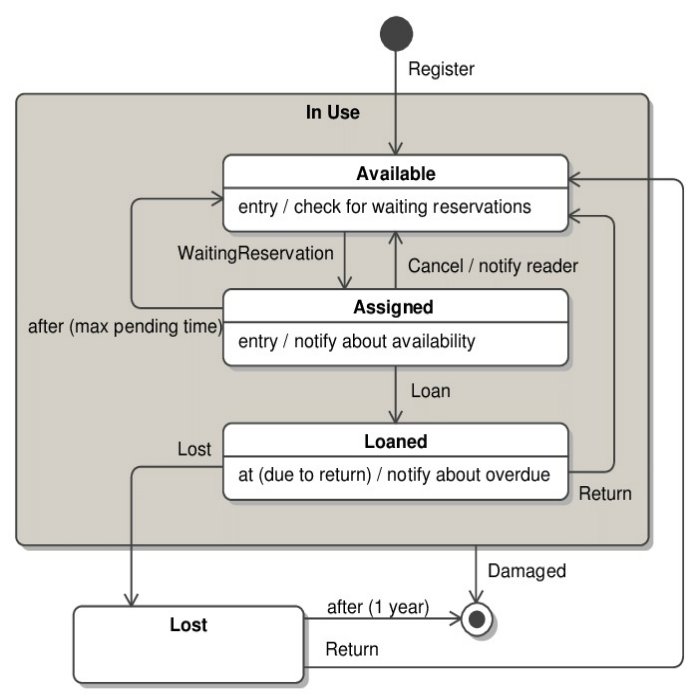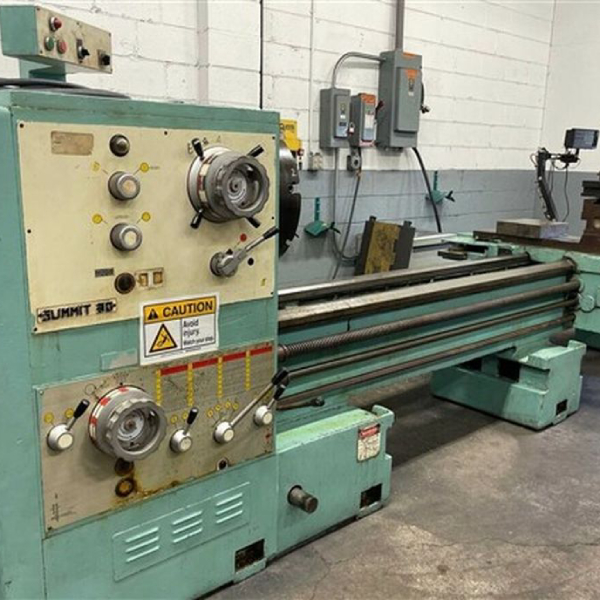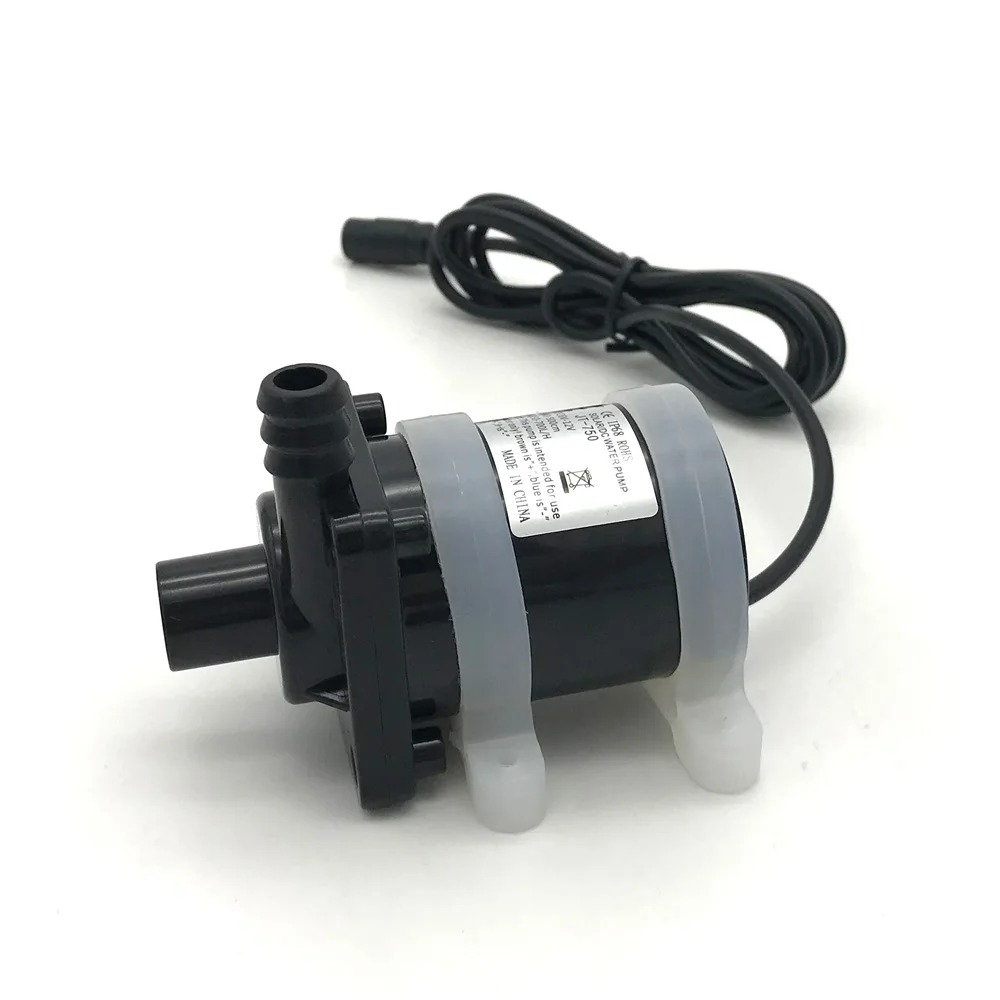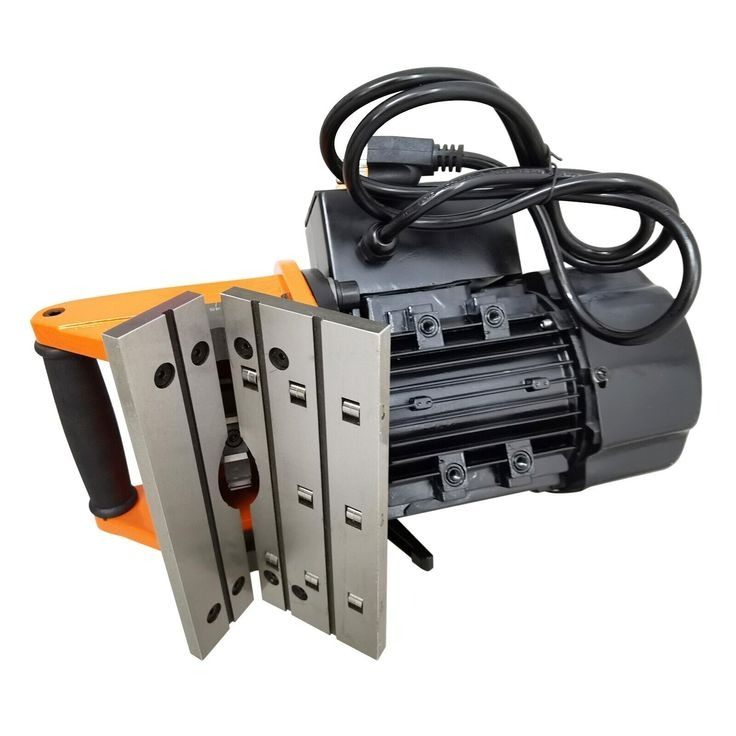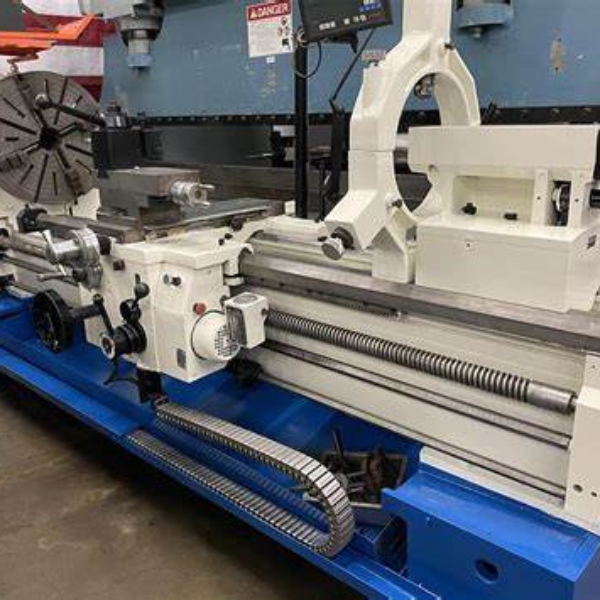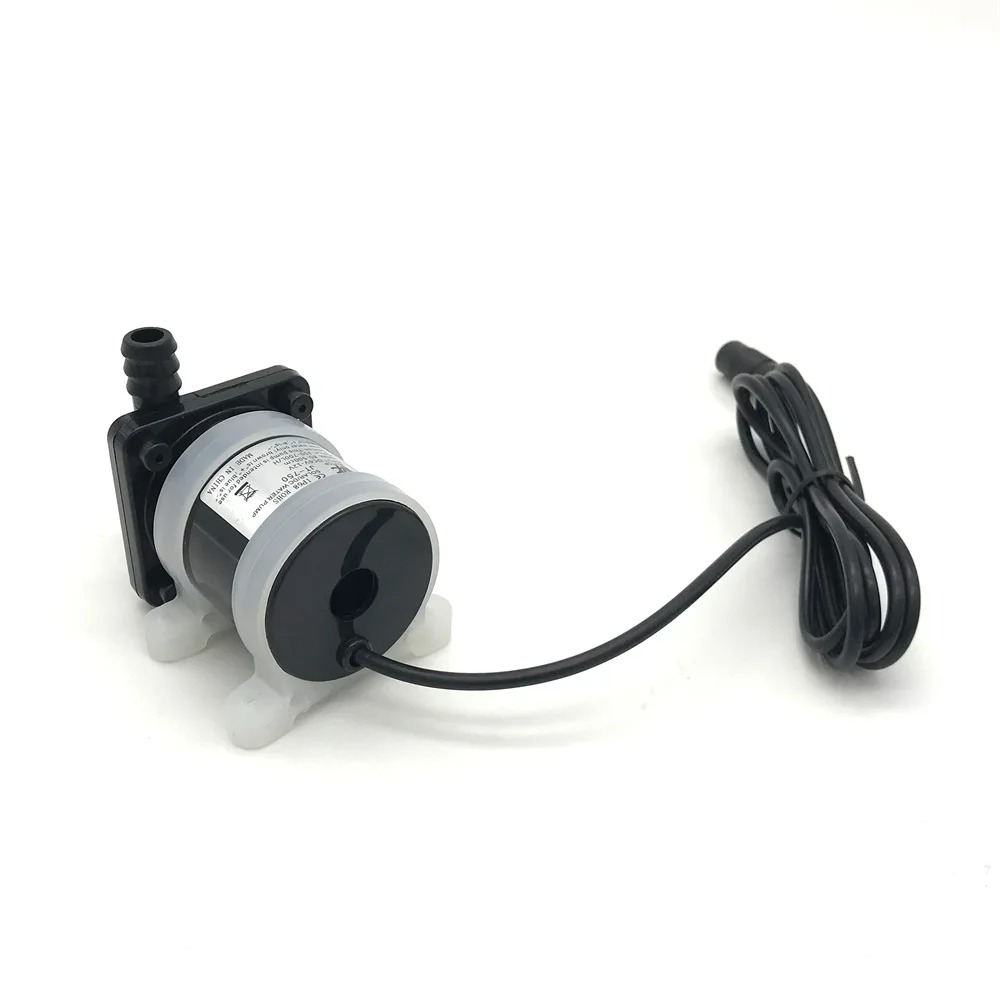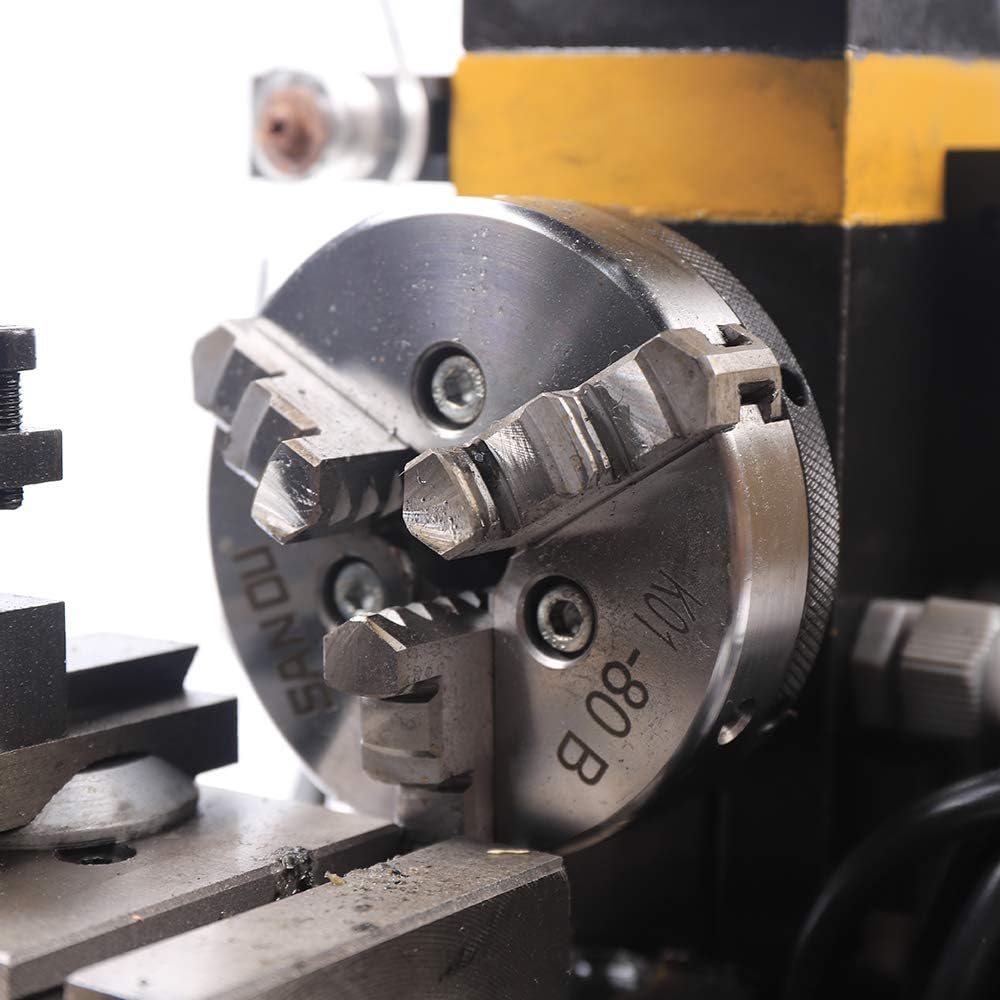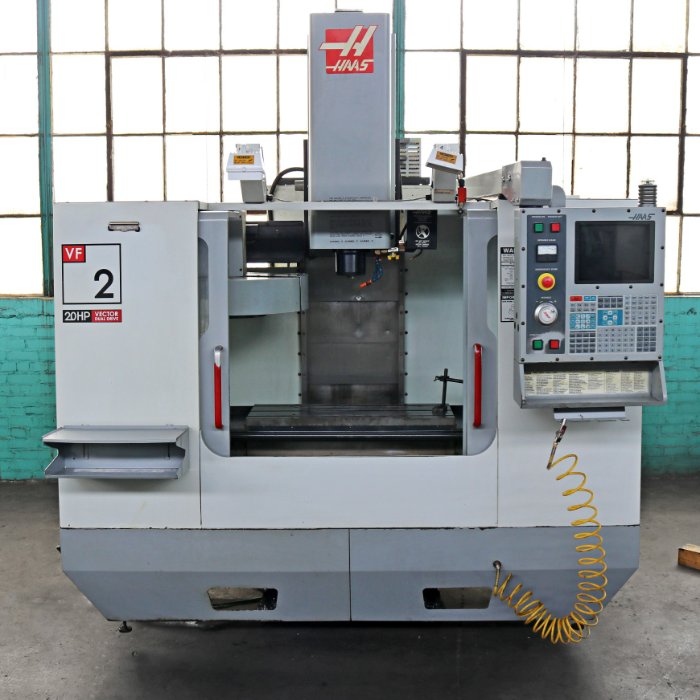Choosing the Right Carbon Brush for Your Electric Appliance: A Comprehensive Guide
When it comes to powering your electric appliances, one of the most crucial components is the carbon brush. Although often overlooked, these small yet significant components play an essential role in the operation of various machines, from power tools to household appliances. Carbon brushes facilitate the transfer of electricity to the motor by making contact with a rotating part called the commutator. Their importance cannot be overstated; choosing the correct carbon brush can significantly affect performance, efficiency, and longevity of your appliances. This comprehensive guide will walk you through the various considerations, types, and applications of carbon brushes, ensuring you make an informed choice.
Understanding the Function of Carbon Brushes
Before diving into the selection process, it’s essential to understand what carbon brushes are and how they function within electric appliances. Typically made from a blend of carbon and other conductive materials, these brushes maintain electrical contact with rotating or moving parts in a motor. As the motor runs, carbon brushes wear down over time due to friction with the commutator, and their efficient operation is vital for the appliance’s functionality.
For many electric appliances, the performance significantly hinges on the quality and compatibility of the carbon brush. A poorly made or incorrect brush can lead to inefficiency, excessive wear, overheating, and even total electrical failure in your device. Therefore, understanding this component’s role will help you appreciate why selecting the right carbon brush is fundamental.
![]()
Types of Carbon Brushes: Choosing the Right Material
Carbon brushes come in various types, and each material offers different advantages depending on the application. Generally, the primary materials used for manufacturing carbon brushes include:
- Graphite: Known for its excellent conductivity and mechanical properties, graphite is one of the most common materials used in carbon brushes. It is suitable for various applications, including power tools and household appliances.
- Metal-Graphite: This composite material contains metallic fibers combined with graphite, providing increased conductivity and wear resistance. Metal-graphite brushes are often found in applications that require higher current loads.
- Electrographite: Electrographite brushes undergo a unique manufacturing process that enhances their performance in high-speed applications. They are resistant to heat, making them appropriate for motors that operate under high temperatures.
- Resin-Bonded Brushes: These brushes have a special resin matrix binding the carbon particles. They’re primarily used in applications where lower wear is acceptable.
When choosing the right carbon brush for your electric appliance, focusing on the material will significantly affect durability, conductivity, and overall performance. For instance, if you are dealing with high-current applications, opting for a metal-graphite brush may be your best bet, whereas for standard household devices, graphite is often sufficient.
![]()
Assessing Compatibility: Size and Shape Matters
In addition to material, the size and shape of the carbon brush are paramount in ensuring compatibility with your electric appliance. The dimensions of a carbon brush are not standardized; each motor or electrical device will have specific requirements.
Measuring Carbon Brush Dimensions
When selecting a carbon brush, there are several key measurements to consider:
- Length: This is the overall length of the brush. A too-short brush will not make adequate contact, while a brush that’s too long may not fit securely.
- Width: The width of the brush influences the surface area that contacts the commutator. Larger widths can support higher currents but can also increase wear on the motor if not correctly matched.
- Thickness: Similar to width, the brush’s thickness affects the amount of current it can carry and the mechanical stability of the brush. Thicker brushes tend to last longer but may not fit in all applications.
- Shape: Brushes also come in various shapes, such as flat, round, or oval configurations. Ensure the shape matches the housing or connector terminals in your appliance to ensure secure fitment and effective operation.
Acquiring your appliance’s user manual or specifications can provide precise measurements for the carbon brush needed. If replacement brushes must be sourced, look for the manufacturer’s part number for accurate matching.
![]()
Performance Characteristics of Carbon Brushes
Choosing the right carbon brush extends beyond size and material; understanding their performance characteristics can guide you in making an optimal decision. Some essential performance indicators include:
-
Conductivity
Conductivity refers to a brush’s ability to allow electric current to pass through with minimal resistance. High conductivity lowers energy loss in the form of heat and improves efficiency. Ensure that whichever carbon brush you choose meets the conductivity standards needed for your appliance.
-
Wear Resistance
Carbon brushes are subject to wear over time due to friction and contact with the commutator. A good quality brush should exhibit a degree of wear resistance. Different materials have varying lifespan characteristics; for example, metal-graphite brushes tend to have higher wear resistance compared to standard graphite brushes. Know your needs regarding how often you plan to replace brushes based on usage frequency.
-
Temperature Stability
Electric appliances can generate a considerable amount of heat during operation. It’s vital that the carbon brush material withstands elevated temperatures without degrading. Electrographite and resin-bonded brushes often have better thermal stability, making them suitable for high-temperature applications.
-
Noise Reduction
While not traditionally considered, the ability of a carbon brush to reduce operational noise is essential, especially in appliances designed for quiet environments. Consider selecting brushes that contribute to noise dampening if noise levels are a concern for your appliances.
By evaluating the performance characteristics of carbon brushes, you can gauge which options will lead to optimal functioning within your specific appliance.
![]()
The Process of Replacing Carbon Brushes: A Step-by-Step Guide
If you’ve determined that your appliance requires replacement carbon brushes, it’s important to follow a clear process to ensure a smooth and efficient installation. Here’s a simplified step-by-step guide:
-
Safety First
Before embarking on any maintenance, ensure the appliance is powered down and disconnected from any electrical source. Wear protective gloves and goggles to safeguard against potential debris or accidents.
-
Accessing the Motor
Open the housing of your appliance to access the motor. This usually involves unscrewing a few screws or unfastening clips, depending on the design of your appliance.
-
Identify and Remove Old Brushes
Locate the existing carbon brushes; they are typically housed in a chamber near the motor. Remove them carefully, noting their orientation and how they are seated. This will make it easier to install the new brushes in the correct position.
-
Inspect the Commutator
Before installing new carbon brushes, inspect the commutator for any signs of excessive wear or damage. Clean the commutator with a suitable cleaner designed for this purpose. If the surface is significantly worn, brush replacement may not be enough, and motor servicing could be necessary.
-
Install the New Brushes
Insert the new carbon brushes following the orientation observed in the previous steps. Ensure they fit snugly and properly seat within their designated chambers. Secure any clips or screws to hold them in place.
-
Reassemble and Test
Close the housing of the appliance and ensure all screws are securely fastened. Once you have reassembled the appliance, reconnect it to the power supply and conduct a test run to ensure everything operates smoothly.
Following a structured replacement process helps you avoid common pitfalls and excessive wear that could otherwise lead to appliance failures.
![]()
Maintenance Tips for Carbon Brushes
While carbon brushes generally have a limited lifespan, proper maintenance can significantly extend their longevity and enhance appliance performance. Here are some actionable maintenance tips:
-
Regular Inspection
Regularly inspecting carbon brushes for wear and tear is crucial. Take note of the brush length; when brushes are approximately 1/3 of their original size, it’s time for a replacement.
-
Ensure Clean Contacts
Clean the commutator and brush surfaces regularly to minimize any buildup that could impede performance. A dirty contact can lead to poor conductivity and increase wear on brushes.
-
Monitor Operating Conditions
Be aware of operating conditions that could lead to excessive wear on your brushes. Heavy loads, high speeds, or high temperatures can accelerate degradation, so adjust usage patterns where possible.
-
Use Quality Replacement Brushes
When replacing carbon brushes, always opt for high-quality or manufacturer-recommended parts. Using inferior brushes may lead to premature failure or electrical issues.
-
Store Your Appliances Properly
For tools that will not be used for an extended time, store them in a dry, cool location to avoid moisture causing damage. Avoid leaving brushes under a load when stored for long periods, as this can lead to deformation.
Conclusion: Making Informed Choices for Optimal Performance
Choosing the right carbon brush (Japanese: カーボンブラシ) for your electric appliance is not a task to be taken lightly. From understanding the fundamental roles these components serve to assessing material, size, performance characteristics, and proper installation techniques, each step is vital in ensuring effective operation.
Being knowledgeable about your needs and the specific applications of your appliances allows you to make informed decisions. By prioritizing quality, compatibility, and maintenance, you can significantly enhance the efficiency and longevity of your electric devices. Whether you’re performing DIY repairs or exploring industrial applications, the importance of selecting the correct carbon brush will always resonate.
So, the next time you find yourself pondering whether your appliance is underperforming due to worn-out carbon brushes, revisit this comprehensive guide. Take command of your choice and ensure your devices run smoothly and efficiently for years to come.
